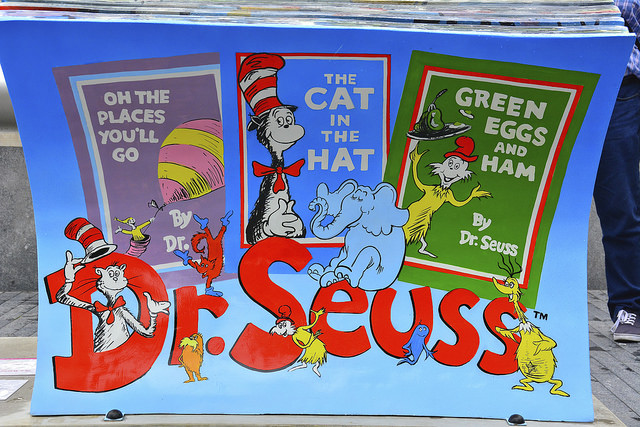Coming up with a name for a character in your story is like choosing a name for your child… only harder.
When you come up with a name for your kid, they don’t have a personality yet. No matter what name you pick, they’ll “grow into” it.
However, characters in stories already have personalities, and having the wrong name for your character can cause a mess. For example, writing a story about a modern-day high school where kids are named “Pigwilliam” and “Starex” isn’t going to fly, and neither will having an evil villain whose name is “Flower” (unless you’re trying to be funny).
So how do you create the perfect name? I’m glad you asked!









